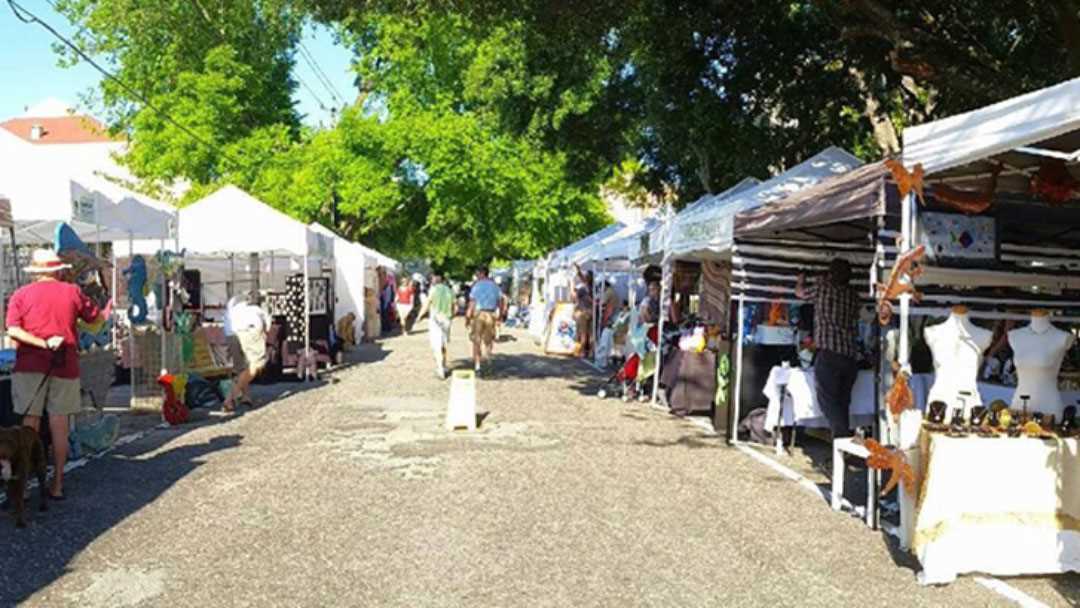
The Orange Street Art Festival is an annual event held in the heart of downtown, celebrating the vibrant art and culture scene of the city. It is a unique gathering that brings together artists, performers, and art enthusiasts from all walks of life.
For one weekend every summer, the main street transforms into a colorful and immersive art gallery, showcasing a wide array of artwork and installations. From modern sculptures to abstract paintings, the festival offers something for everyone to appreciate and enjoy.
Local and international artists alike come to the festival to display their talent and creativity. Visitors have the opportunity to interact with the artists, learn about their inspirations, and even purchase their artwork to take home. It’s a fantastic chance for art enthusiasts to discover new talents and support the local art community.
In addition to visual art, the festival also features live music performances, dance shows, and theater acts. The streets come alive with the sounds of various genres, from jazz and blues to rock and classical. With food stalls and food trucks lining the street, attendees can also savor delicious local cuisine while enjoying the artistic atmosphere.
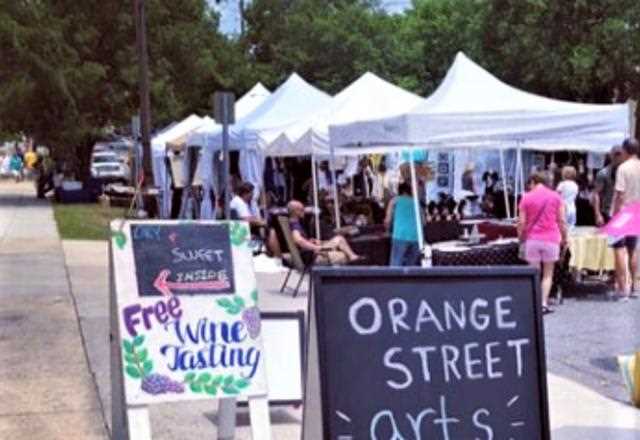
The roots of street art can be traced back to the graffiti movement of the 1960s and 1970s in New York City. Graffiti writers, often referred to as “taggers,” started leaving their mark on walls, subway trains, and other public surfaces. This form of self-expression became a way for marginalized communities to claim their spaces and make their voices heard.
In the 1980s, street art began to evolve beyond traditional graffiti. Artists like Keith Haring and Jean-Michel Basquiat started using the streets as their canvas, creating large-scale murals that conveyed social and political messages. These artists brought a new level of creativity and artistic merit to the medium, blurring the lines between graffiti and fine art.
The Rise of Stencil Art
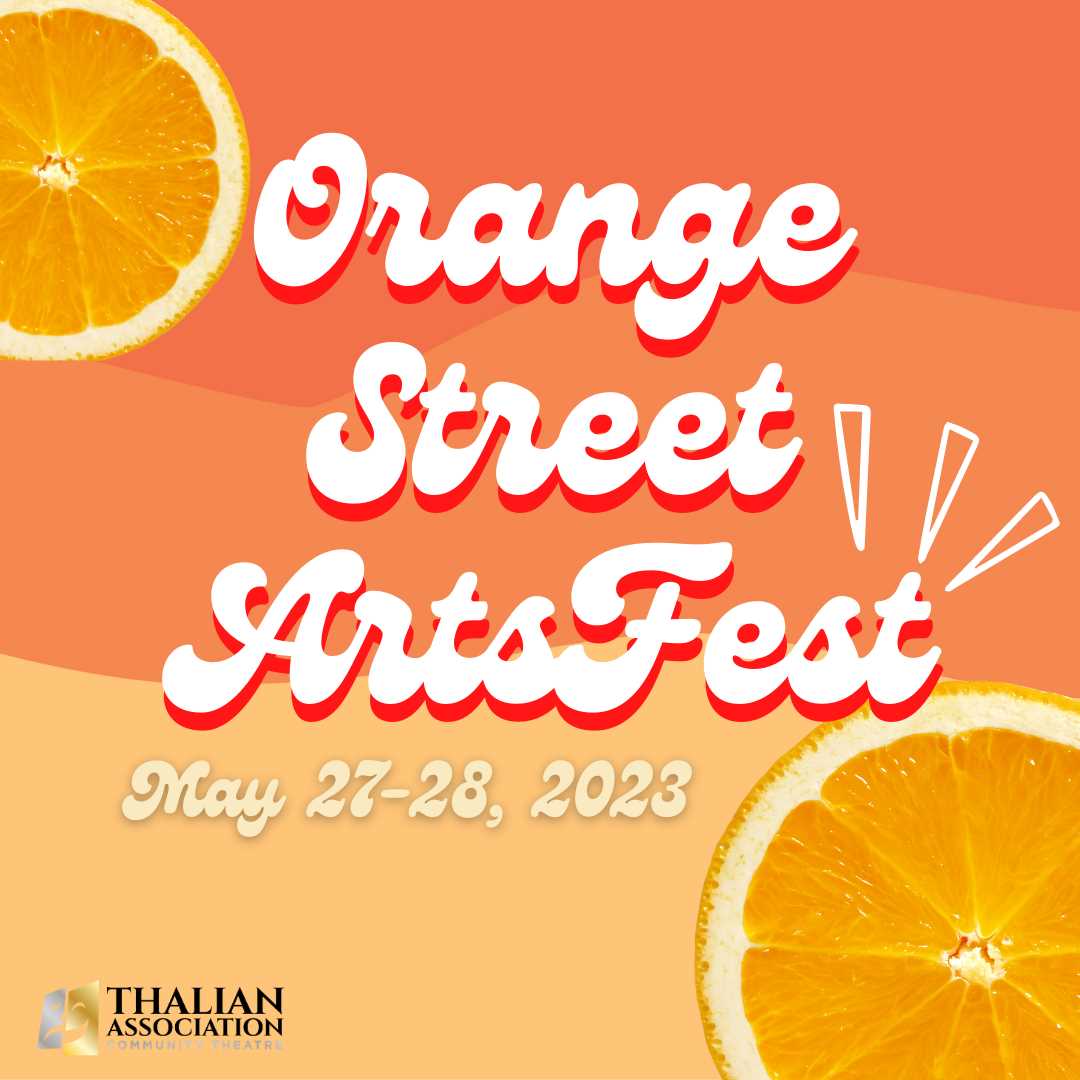
One of the most significant developments in street art was the emergence of stencil art in the 1980s and 1990s. Artists like Banksy popularized this technique, which involves creating intricate stencils and using spray paint to transfer them onto walls and other surfaces. Stencil art allowed artists to quickly and effectively create detailed images and text, making it a powerful tool for social commentary and political activism.
Street Art Goes Global

In the late 1990s and early 2000s, street art began to spread worldwide, becoming a global phenomenon. Artists from different countries and cultures started using the streets as a platform for their creativity and personal expression. Street art festivals, like The Orange Street Art Festival, brought together artists from around the world, fostering collaboration and cultural exchange.
Today, street art continues to evolve and thrive. It has become an integral part of the contemporary art scene, with artists gaining recognition and exhibiting their works in galleries and museums. Street art has the power to challenge societal norms, provoke thought, and beautify public spaces, making it an essential form of artistic expression in the modern world.
The Orange Street Art Festival Highlights
The Orange Street Art Festival is a vibrant celebration of art and culture that takes place in the heart of the city each year. The festival attracts artists from all over the world and showcases a wide range of artistic styles and mediums.
One of the main highlights of the festival is the street art competition, where talented artists create stunning murals on the walls of the city buildings. The vibrant and colorful artworks breathe life into the streets, transforming the urban landscape into a large outdoor gallery.
In addition to the street art, the festival also features live performances by local musicians, dancers and theater groups. Visitors can enjoy a variety of music genres, from jazz to rock, and witness awe-inspiring dance routines and theatrical performances.
The festival also offers a range of workshops and interactive activities for both adults and children. Art enthusiasts can participate in painting classes, sculpture-making workshops, and even try their hand at street art. It’s a great opportunity to unleash your creativity and learn from the best in the industry.
Apart from the art and music, the festival also boasts a vast array of food stalls serving delicious dishes from around the world. From exotic street food to gourmet delicacies, there is something to satisfy every palate.
Overall, the Orange Street Art Festival is a celebration of art in all its forms – from visual arts to performing arts and culinary arts. It is an event that brings the community together and showcases the talent and creativity of artists from near and far. Whether you are an art lover or simply looking for a fun-filled day out, the festival is not to be missed!
Don’t miss out on the next Orange Street Art Festival and immerse yourself in a world of creativity, culture, and excitement!
The Impact of Street Art on the City

Street art has become a prominent form of artistic expression in cities around the world. Its impact on the urban landscape has been both transformative and controversial. By taking art out of galleries and onto the streets, street artists bring creativity and vibrancy to once neglected and dull areas. This article explores the positive and negative effects of street art on the city.
Positive Effects
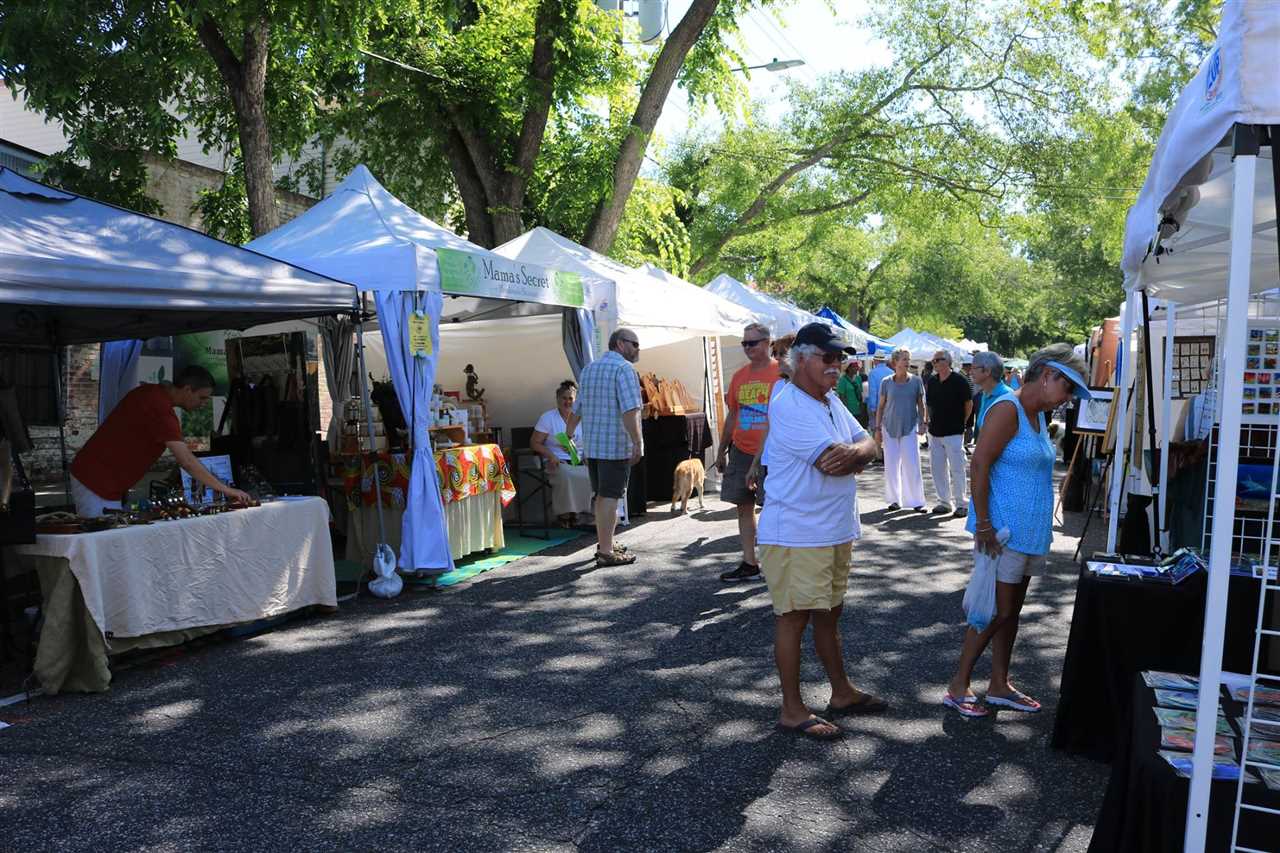
- Revitalization: Street art has the power to rejuvenate rundown neighborhoods and add a sense of vitality to the city. Bright and colorful murals can breathe new life into abandoned buildings, attracting visitors and turning these areas into vibrant cultural hubs.
- Community Engagement: Street art often encourages community involvement and interaction. Local residents may feel a sense of ownership and pride in the artworks adorning their streets, bringing people together and fostering a sense of shared identity.
- Tourism Boost: Street art has become a tourist attraction in many cities, drawing visitors who are eager to explore the urban art scene. This influx of tourists can have positive economic effects, benefiting local businesses and boosting the city’s economy.
Negative Effects
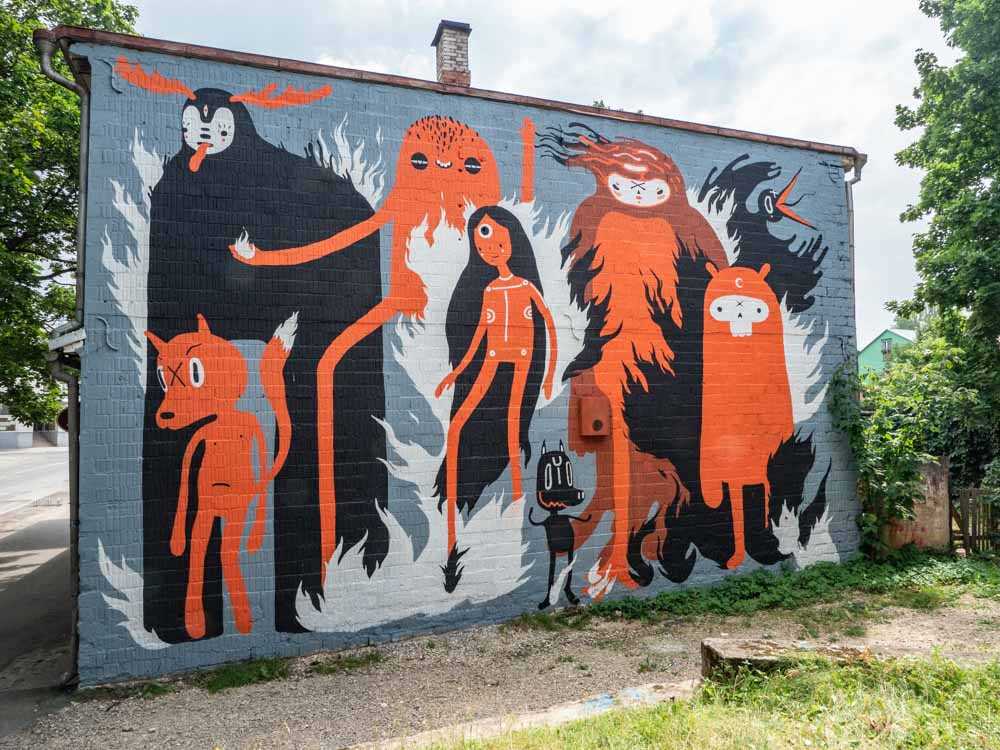
- Vandalism: While street art can be seen as a form of artistic expression, it is often painted illegally on private property without permission. This blurs the line between art and vandalism, leading to debates about the legality and ethics of street art.
- Gentrification: The popularity of street art can contribute to gentrification, as areas with vibrant street art scenes may become more desirable and attract wealthier residents. This can lead to increased property prices, pushing out lower-income communities and changing the cultural fabric of the neighborhood.
- Deterioration and Maintenance: Street art is exposed to the elements and may deteriorate over time. This requires ongoing maintenance and restoration efforts, which can be costly for the city and detract from other public services.
The Future of Street Art
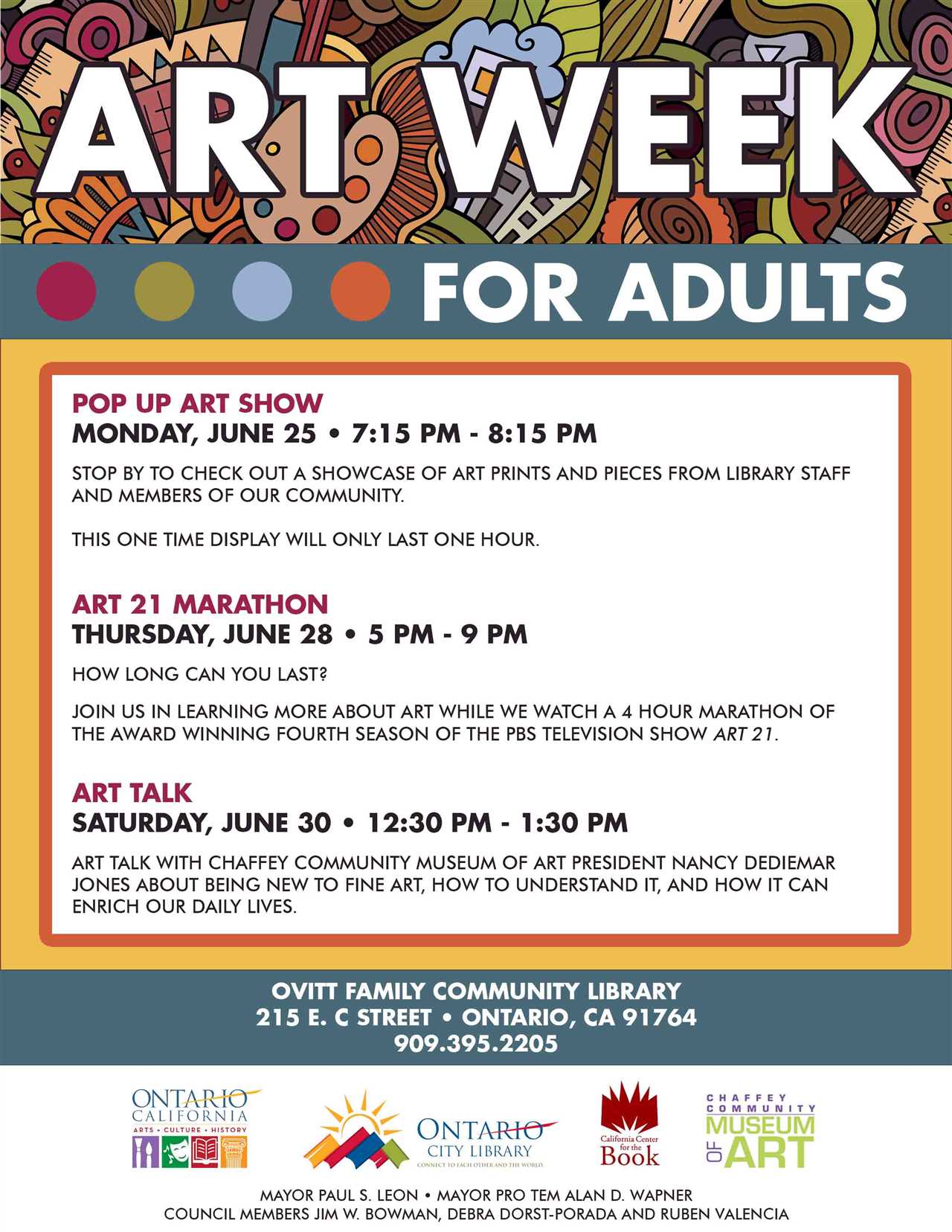
As street art continues to gain popularity and recognition around the world, its future looks bright. With the rapid advancement of technology and the increasing acceptance of street art as a legitimate form of artistic expression, there are several trends emerging that will shape the future of this art form.
1. Integration of technology: Street artists are finding innovative ways to incorporate technology into their work. From interactive digital murals to augmented reality experiences, technology is opening up new possibilities for artists to engage with their audience in unique and immersive ways.
2. Sustainability and environmental awareness: With growing concerns about the environment, street artists are increasingly using eco-friendly materials and focusing on themes of sustainability. From using recycled materials to creating art that raises awareness about environmental issues, street art is becoming a powerful medium for promoting eco-consciousness.
3. Collaborations and community engagement: Street art has always had a strong connection to the community. In the future, we can expect to see more collaborations between street artists and local communities. These collaborations can take the form of community murals, workshops, and events that aim to empower and involve the local residents in the artistic process.
4. Social and political activism: Street art has a long history of serving as a platform for social and political commentary. In the future, street artists will continue to use their art as a means of raising awareness and inspiring change. Whether it’s addressing issues such as inequality, discrimination, or climate change, street art will be at the forefront of social and political activism.
5. Global recognition and acceptance: Street art is no longer seen as vandalism, but rather as a legitimate art form. As the boundaries between street art and traditional art continue to blur, we can expect to see more recognition and acceptance of street art in mainstream art institutions and galleries around the world.
Overall, the future of street art is bright and full of exciting possibilities. As the art form continues to evolve and adapt to the changing times, we can look forward to seeing more innovative and thought-provoking works of art on the streets of our cities.

I am a mural enthusiast and a fervent admirer of street art. Rather than creating murals myself, I am passionate about collecting them. My love for street art knows no bounds. I am dedicated to curating and cherishing these artworks that grace the streets. My collection stands as a testament to my profound appreciation for this form of artistic expression.
read about me



